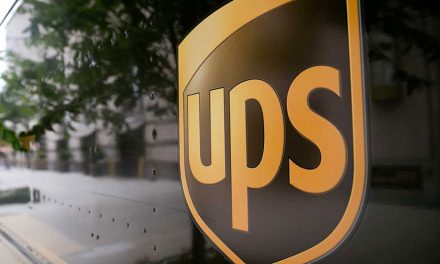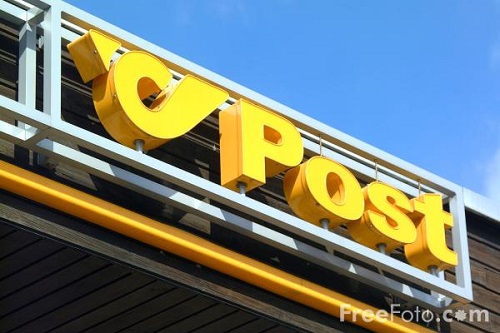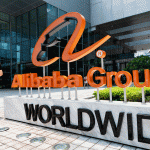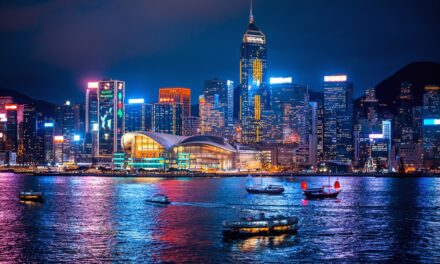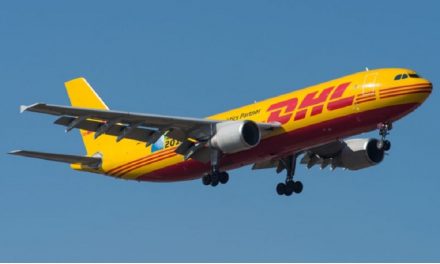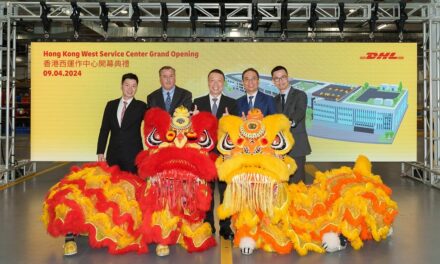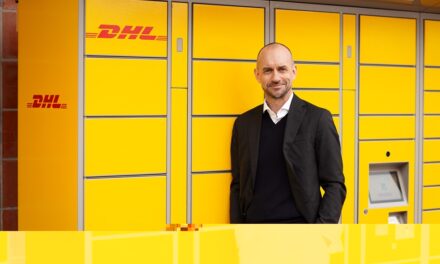
Record improvement in DHL’s carbon footprint within Asia-Pacific
DHL has said its Asia-Pacific region has achieved record improvements in its carbon footprint, cutting emissions by 21% during 2011. The logistics giant said it was the third year in a row in which its operations in the region achieved double-digit improvements in their carbon dioxide emissions “efficiency”.
The achievement came despite “impressive” growth in shipment volumes.
Bangladesh, Japan, South Korea and China led the way with respectively 27%, 23%, 22% and 19% improvements in their climate change impacts.
DHL operations in Australia, Hong Kong, Singapore and Vietnam also achieved double-digit improvements.
Jerry Hsu, the DHL Express Asia Pacific chief executive, said it was an “amazing achievement” for his company across the region considering the “huge volume growth” and the company’s size.
“We are on track to beat our target of improving carbon efficiency of our operations and those of our transport subcontractors by 30% by 2020, compared to 2007,” he said.
“DHL’s commitment to sustainability is making a significant difference to the planet and to our clients, and for 2012 we will continue to push harder for even more savings internally and for our customers.”
GoGreen
Deutsche Post DHL is pushing for its 30% emissions cut goal around the world through its GoGreen initiative, which includes various programmes to reduce the environmental impact of the world’s largest international logistics company.
In the Asia-Pacific region, this has included investment in cleaner technology including Compressed Natural Gas (CNG) powered vehicles in Bangladesh, and the reduction of transport miles through better route planning and optimisation. The region also saw improvements through the consolidation of facilities.
The GoGreen initiative now covers more than 1,000 facilities in 27 markets within the Asia-Pacific region.
In Japan, the company carried out a major energy efficiency campaign through its facilities in the wake of the major earthquake and tsunami that hit the east of the country last year. DHL Japan teams responded to massive power shortages with measures to cut the company’s power needs through technologies including LED lighting and behavioural measures like re-setting air conditioners and switching off lights.
DHL South Korea achieved big carbon emission cuts thanks to the replacing of petrol-powered scooters with electric alternatives and the use of drawbar trucks – multi-trailer vehicles that have meant halving the number of trucks needed. Consolidating DHL Express service centres also reduced emissions.
DHL said in China it achieved emission cuts through new efficient lighting systems and route optimisation efforts.
This year has also seen the company expanding its use of “SmartTrucks” in India, after introducing them in the summer of 2011 through local subsidiary Blue Dart Express, following trials in Germany. The trucks include sophisticated GPS-based navigation systems that respond to current traffic conditions to continually provide optimum routes.
Tests have suggested the SmartTrucks drive 15% fewer kilometres, completing delivery rounds 8% faster than conventional vehicles.
Deutsche Post DHL has around a 36% share of the EUR 5.4bn international express business in Asia, and according to its latest annual report (for 2011) it predicts 11% annual growth in its business within the region until 2025.

